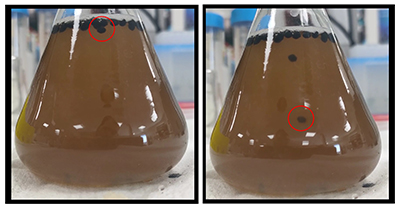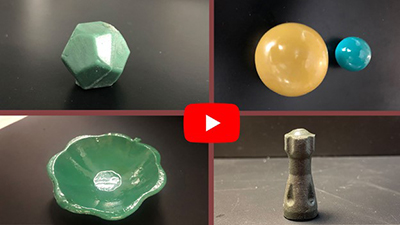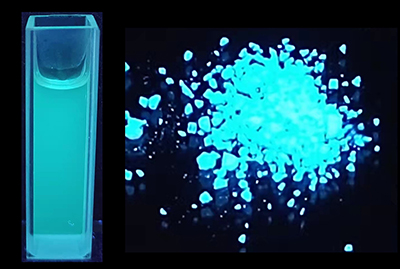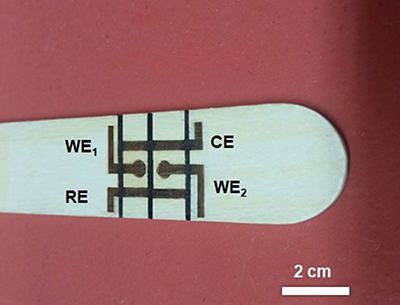FOR IMMEDIATE RELEASE
Space is the great unknown — very few of us will ever experience what it’s like to visit another planet or moon, and so much is yet to be discovered. Below are some recent papers published in ACS journals that report advances toward understanding whether certain minerals, compounds or even life itself could form on other worlds. Reporters can request free access to these papers by emailing newsroom@acs.org.
“Immunoanalytical Approach for Detecting and Identifying Ancestral Peptide Biomarkers in Early Earth Analogue Environments”
Analytical Chemistry
March 16, 2023
These authors reasoned that if they could analyze “resurrected” early Earth proteins — building blocks of life — then they could use this information to develop assays to look for these compounds on other planets. With the approach, the team made antibodies against peptides in eight resurrected proteins. When the researchers used the antibodies to search early Earth-like environments, such as hydrothermal areas, the antibodies bound to old versions of two different proteins. The method could be used to analyze Martian samples that will arrive on Earth by the mid-2030s.
“Experimental Characterization of the Pyridine:Acetylene Co-crystal and Implications for Titan’s Surface”
ACS Earth and Space Chemistry
Feb. 28, 2023
Titan is Saturn’s largest moon, and it contains many organic molecules on its surface and in its atmosphere. These compounds could react and form co-crystals, which are a kind of stable microscopic mineral held together with weak intermolecular interactions. Understanding these minerals could help scientists assess if life could have existed there. Several co-crystals have been experimentally shown to be possible on Titan, but no one had investigated whether pyridine:acetylene could form. The researchers put this co-crystal to the test and demonstrated that it could exist on Titan.
“Does It “Rain” Diamonds on Neptune and Uranus?”
ACS Earth and Space Chemistry
Feb. 8, 2023
More than 40 years ago, a researcher proposed that the surfaces of Neptune and Uranus could be littered with diamonds that formed from hydrocarbons in those planets’ high-temperature and high-pressure environments. Over the years, various scientists tested this in the lab under similar conditions, and said that according to their data, this was possible. Now, a team shows that those previous results were an artifact. The heaters that other groups used were playing a role in diamond formation, leading to erroneous interpretations.
###
The American Chemical Society (ACS) is a nonprofit organization chartered by the U.S. Congress. ACS’ mission is to advance the broader chemistry enterprise and its practitioners for the benefit of Earth and all its people. The Society is a global leader in promoting excellence in science education and providing access to chemistry-related information and research through its multiple research solutions, peer-reviewed journals, scientific conferences, eBooks and weekly news periodical Chemical & Engineering News. ACS journals are among the most cited, most trusted and most read within the scientific literature; however, ACS itself does not conduct chemical research. As a leader in scientific information solutions, its CAS division partners with global innovators to accelerate breakthroughs by curating, connecting and analyzing the world’s scientific knowledge. ACS’ main offices are in Washington, D.C., and Columbus, Ohio.
To automatically receive press releases from the American Chemical Society, contact newsroom@acs.org.
Note: ACS does not conduct research, but publishes and publicizes peer-reviewed scientific studies.







